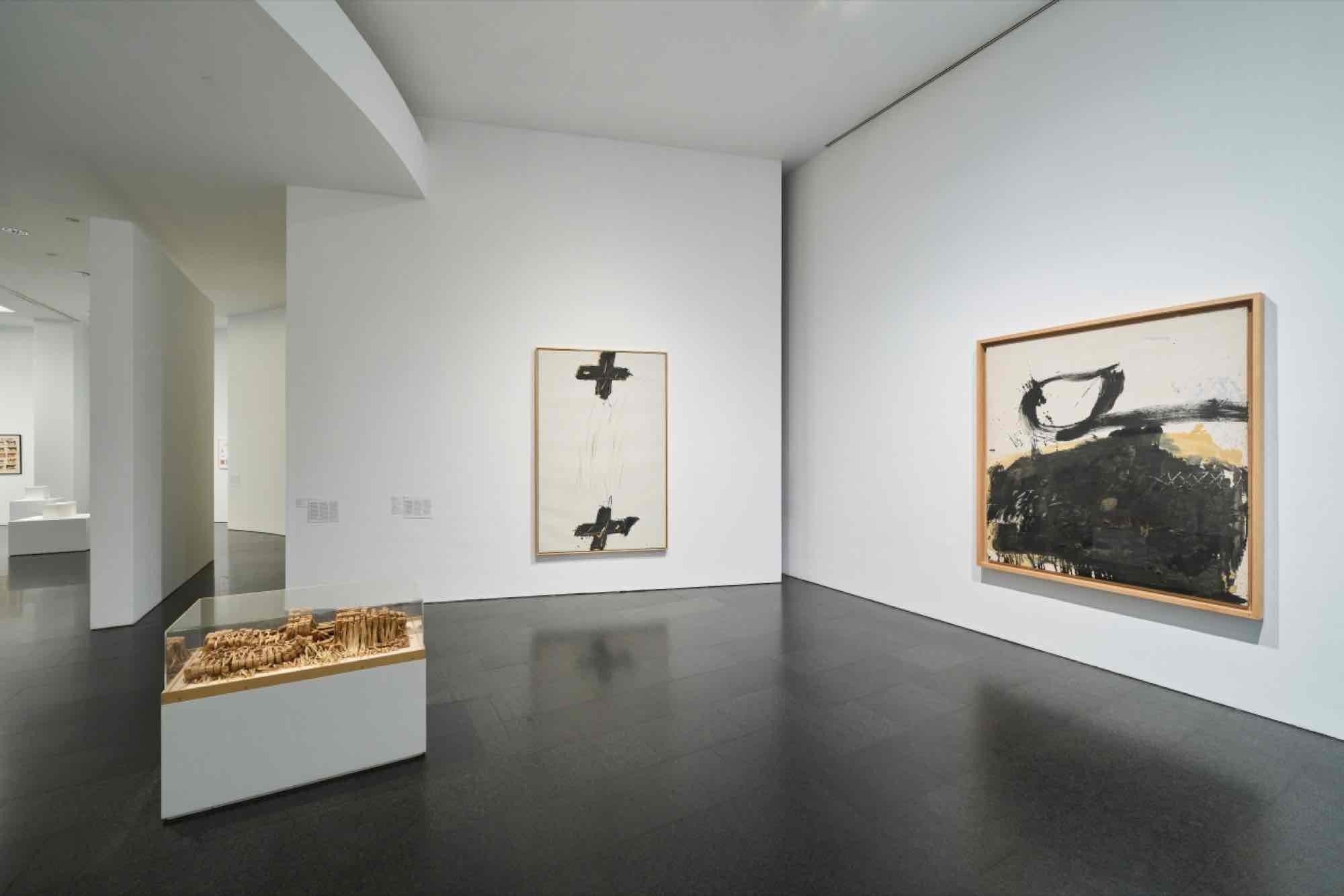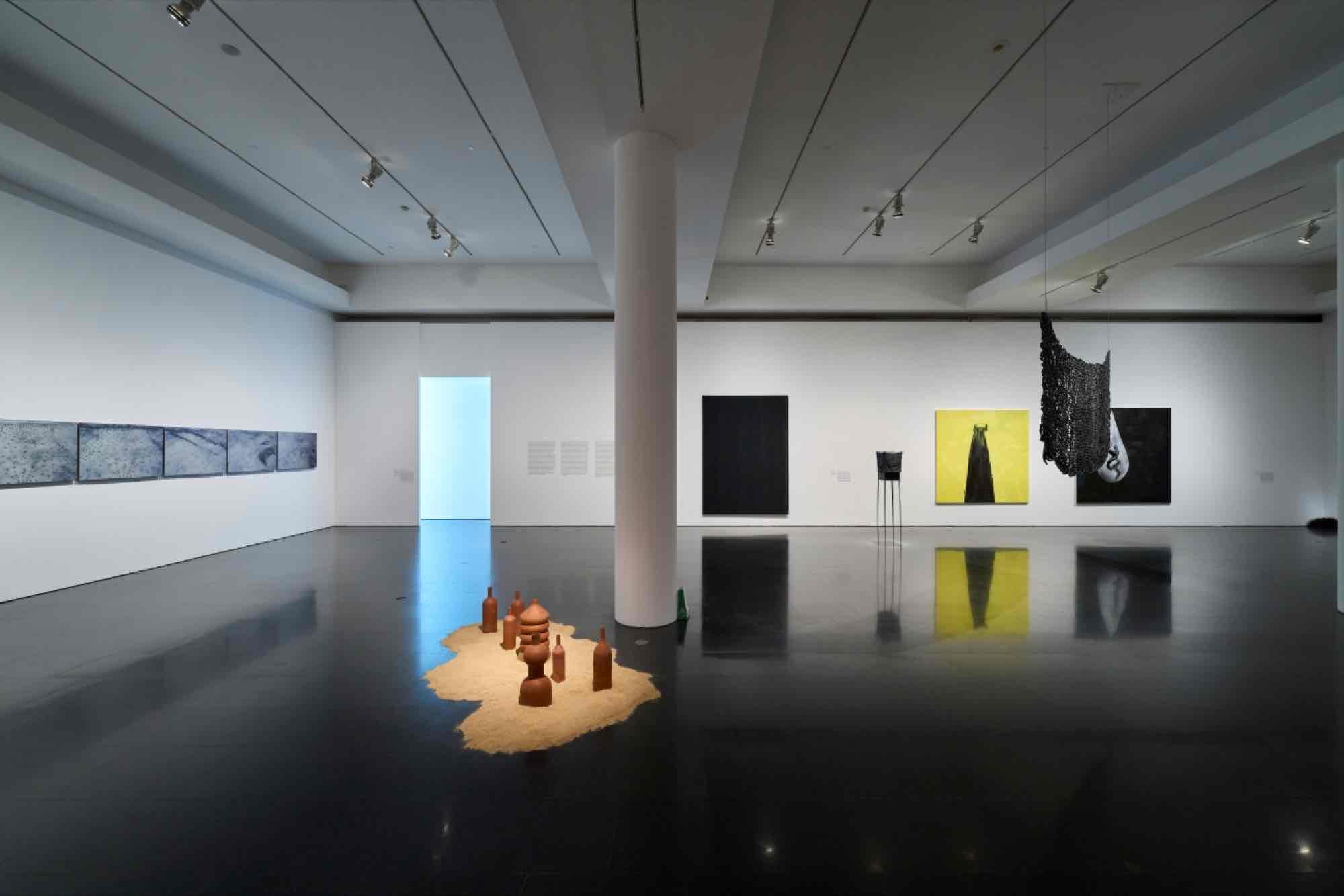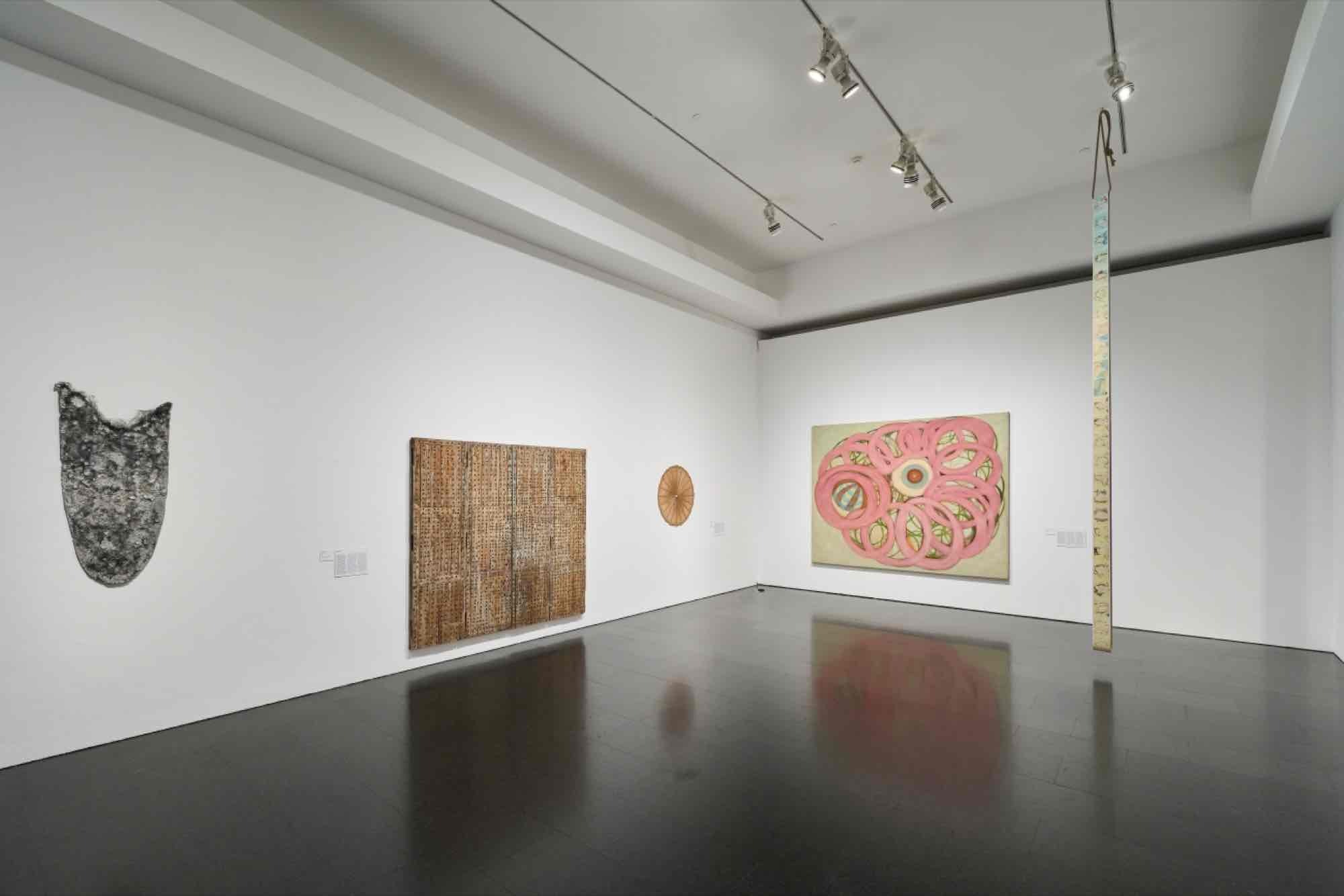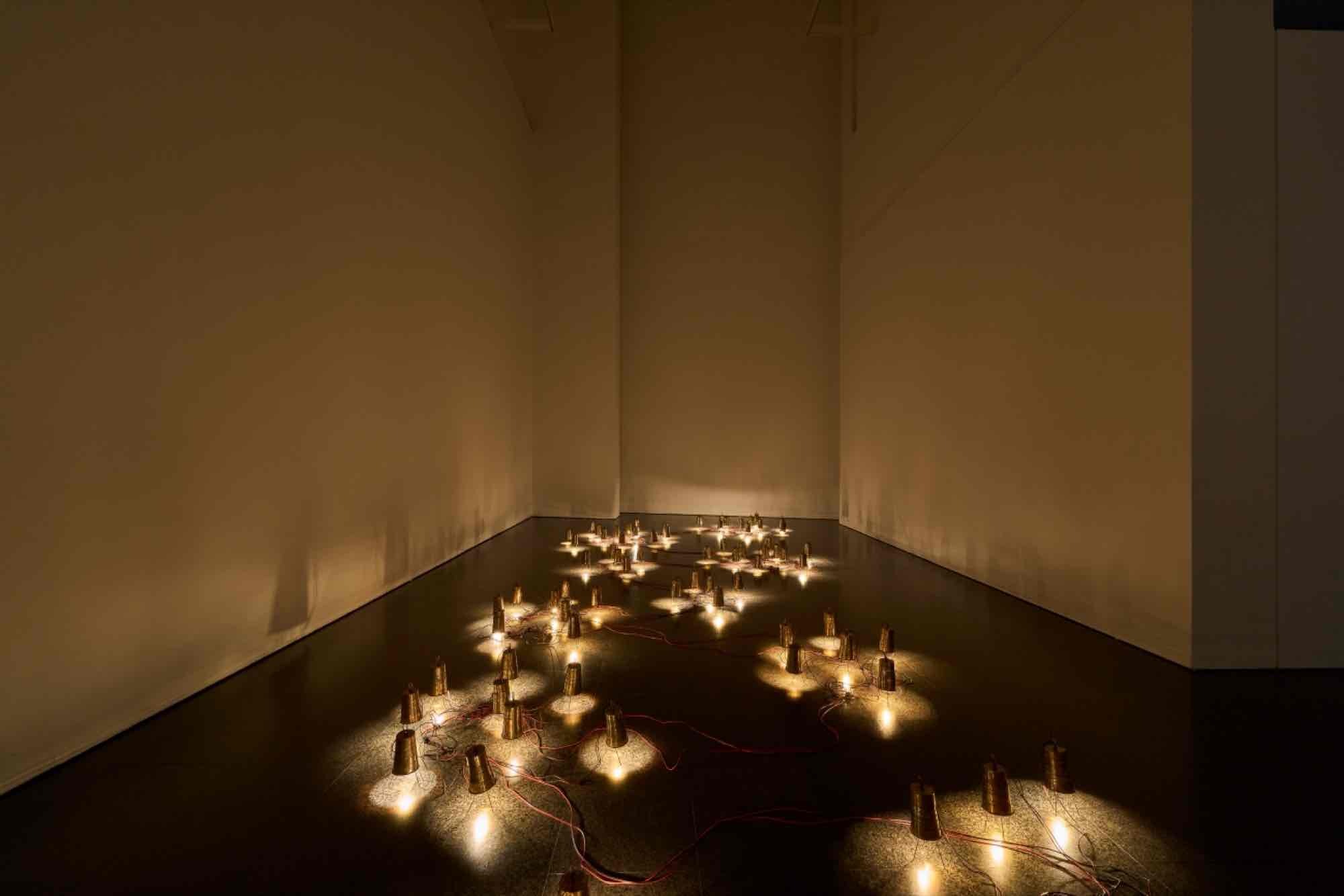Prelude. Poetic Intention
11 Jul 2024 - 25 Jul 2025
Poetic Intention in its new presentation shows more than seventy pieces by some thirty artists and addresses new narratives and relational models. Some works revoke the usual framework of the building, while others, in a very physical way, call for the viewer’s activation.
What is the museum’s tempo? How do we move through it? The path we take around the exhibition along the route revealed by the artworks shows them to us as contexts, as great storytellers. As a rule, museums require the viewer’s corporeality, their physical presence, much more than their perceptive ability, but the first area of the exhibition invites us to make the gesture of moving and making our own decision. It is an area that calls for stories, fabulations, and this unfolding of what is being narrated, which is to do with time and the cyclical nature of the ritual. Telling what is being told, which, at the same time, tells the person telling it. It contains video pieces by Adrián Balseca, Katia Kameli and Danica Dakić, along with the installation 77 (2014), by Younès Rahmoun, made up of 77 lamps representing the 77 branches of faith in Islam.
Language and poetry share a single origin: the place of surprise from which we need to name the world. Can art give us back the poetics of the infraordinary, of the everyday, of the usual, of what goes almost unnoticed? Far from the contrived syncretism of language, the second area of the exhibition links up with a way of approaching speech in a more visceral way, through the guts, through anxiety and extreme fragility, through minuscule fragments of pigment and cellophane sculpture, through puppetry, through carnivalesque elements and the breach of the unsayable. Hermetically, or sometimes in a more open way, the works of Marcel Broodthaers, Francesc Torres, Ian Hamilton Finlay, Daniel G. Andújar and Antoni Tàpies included in the exhibition trace out lines of meaning related the exercise of naming and saying, to the silences associated with the word.
The third area of Poetic Intention opens up a dialogue with one of the pillars of modernity: the idea of the subject. The works that shape this area – by artists like Antoni Llena, Mireia Sallarès, Sinéad Spelman, Cabello/Carceller, Pepe Espaliú, Miguel Benlloch, Lenora de Barros, Lucía C. Pino, Ariadna Guiteras, Ramon Guillen-Balmes, Susy Gómez, Eulalia Valldosera, Lucia Nogueira, Lola Lasurt, Lara Fluxà, Rosemarie Trockel, Carmen Calvo, Ana Prada, Eva Lootz, Charo Pradas and Helena Vinent – try out possible reformulations of subjectivity with bodies that expand the social contract by proposing interior alterities, multiple articulations of desire, absent organisms, biomorphic membranes. Paying attention to them involves an exercise of a possible future that ratifies the significant place occupied by so-called microhistories – especially in the case of Mireia Sallarès – in the formulation of the museum’s becoming and its inevitable dialogue with a compared modernity or modernities.
In line with the intention of developing specific projects that propose new ways of occupying and inhabiting the museum’s spaces, Eva Fàbregas’s project, Oozing (2023–24), coproduced with the Fundación Botín, invites us to move through her inflatable sculptures, which can alter perception of ourselves and of the space they inhabit through shapes, volumes and scale.
Curated by Elvira Dyangani Ose, Antònia M. Perelló, Claudia Segura Campins and Patricia Sorroche.






